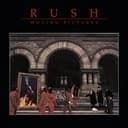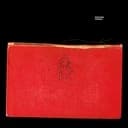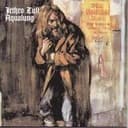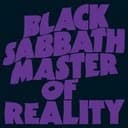Understanding the Locrian Interval Structure
The D♯ Locrian mode follows the interval pattern H-W-W-H-W-W-W, producing the notes D♯-E-F♯-G♯-A-B-C♯. What distinguishes Locrian from all other modes is the presence of both a minor second (♭2) and a diminished fifth (♭5). The minor second creates immediate dissonance against the root, while the diminished fifth—a tritone interval—prevents the formation of a stable perfect fifth. This combination results in a diminished triad on the tonic, making Locrian fundamentally unstable compared to modes like D♯ Dorian or D♯ Phrygian.
Enharmonic Equivalence with E♭ Locrian
D♯ Locrian is enharmonically equivalent to E♭ Locrian, meaning they sound identical but are notated differently. E♭ Locrian is generally preferred in practical music notation due to its key signature with flats rather than sharps. The choice between D♯ and E♭ typically depends on the surrounding harmonic context and whether the piece uses primarily sharp or flat notation.
Locrian in Experimental and Contemporary Music
Despite its theoretical nature, the Locrian mode has found creative uses in experimental music. Björk's "Army of Me" features Locrian-based riffs, while Metallica's "Wherever I May Roam" uses Locrian tonality for tension. Jazz fusion musicians occasionally employ Locrian over half-diminished seventh chords in modal improvisation. Progressive metal artists exploit Locrian's instability to create disorienting harmonic landscapes, embracing the mode's lack of resolution as an aesthetic choice.
Practice Tips for Exploring the Locrian Mode
When practicing D♯ Locrian, focus on embracing rather than resolving its inherent tension—play over a D♯m7♭5 chord to hear how the mode functions. Experiment with phrases that highlight the characteristic ♭2 and ♭5 intervals. The enharmonic equivalent E♭ Locrian is often preferred in notation. Try composing short ostinato patterns to explore Locrian's potential for creating atmospheric, unsettling soundscapes before resolving to more stable harmonic areas.





